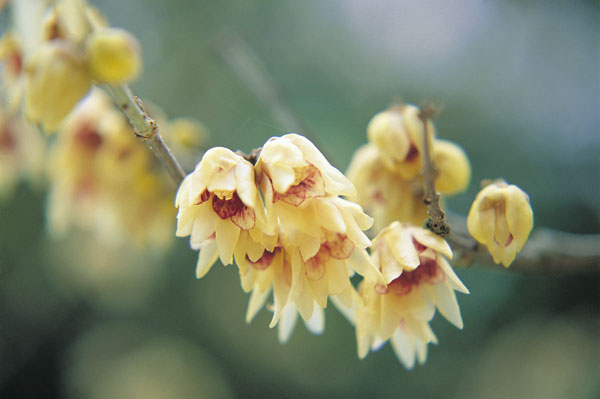

Despite a long history of human cultivation, our understanding of wintersweet genetics and molecular biology remains scant, reflecting a lack of basic genomic and transcriptomic data. On account of its unique flowering time and strong fragrance, it has a high ornamental and economic value. Wintersweet (Chimonanthus praecox) is familiar as a garden plant and woody ornamental flower.

Moreover, our results revealed that an orthogonal design method is an effective tool for establishing an improved technique for cutting propagation. An analysis of variance also showed that the medium and hormone concentration can significantly or extremely significantly affect most cutting indicators. A range analysis showed that the medium and hormone concentration were the most important factors affecting the cutting of wintersweet. This combination can already meet the requirements for commercial production.

L ⁻¹ (B 4 ) the soaking durations include 5 seconds (C 1 ), 5 minutes (C 2 ), 30 minutes (C 3 ), and 3 hours (C 4 ) and the mediums include perlite: peat in the ratios 1:0 (D 1 ), 2:1 (D 2 ), 1:1 (D 3 ), and 1:2 (D 4 ).The hormone types include ABT (A 1 ), α-naphthalene acetic acid (NAA) (A 2 ), indole butyric acid (IBA) (A 3 ), and indole-3-acetic acid (IAA) (A 4 ) the hormone concentrations include 100 mg In the current study, the four factors, namely hormone type (A), hormone concentration (B), soaking duration (C), and medium (D), were assessed using an L 16 (4 ⁴ ) orthogonal test design. Effective vegetative propagation is necessary for commercial usage and protection of wintersweet.

Wintersweet ( Chimonanthus praecox ) is one of the most popular winter-blooming species.


 0 kommentar(er)
0 kommentar(er)
